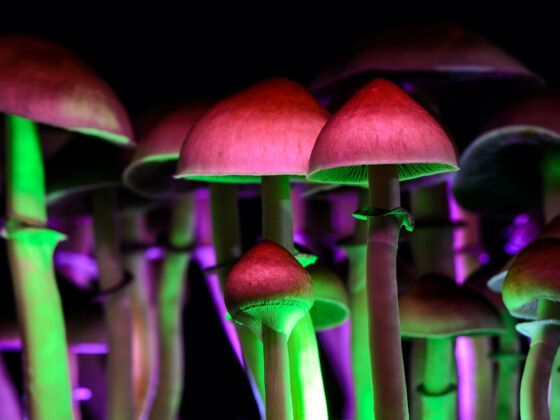[Editor’s note: We do not condone the use of illegal substances. This is for entertainment purposes only.]
FACT: Drug use has occasionally been responsible for inspiring people to high levels of achievement.
There are lots of examples in music and works of art, but the likes of LSD and cocaine have also resulted in radical breakthroughs in science and some famous works of literature. These are some of them.
